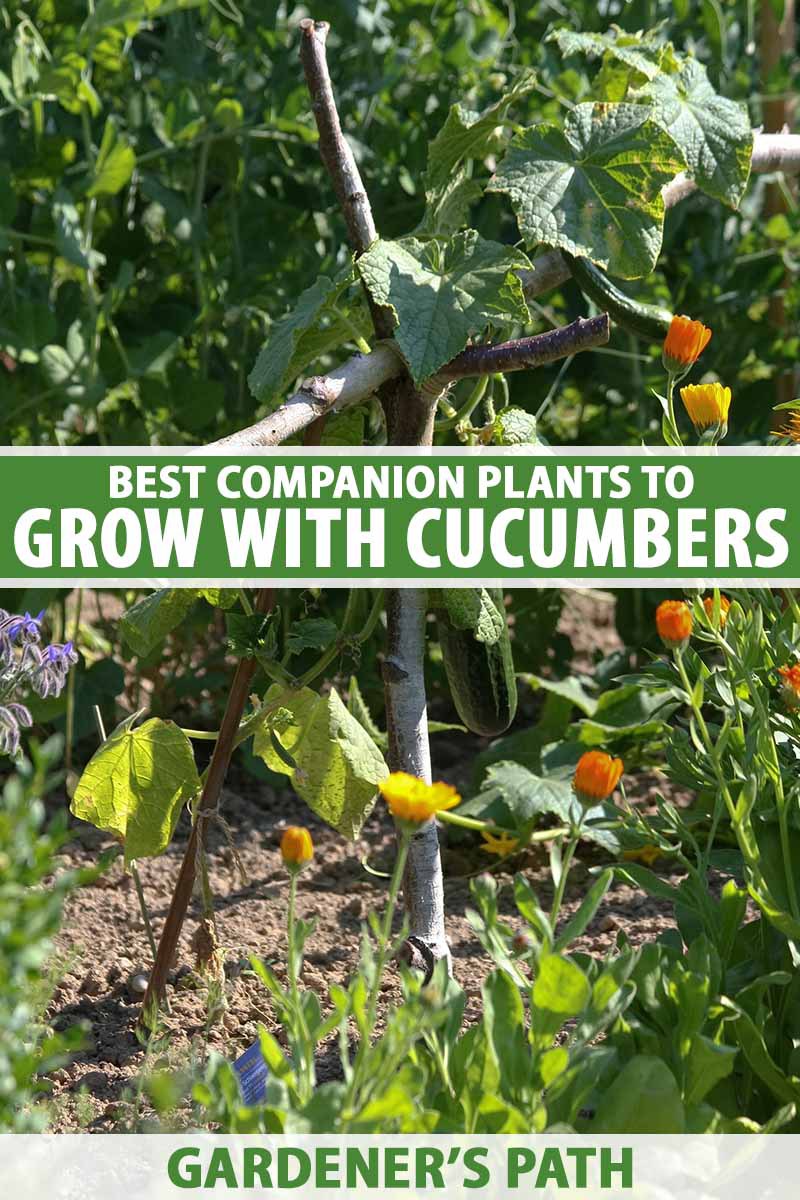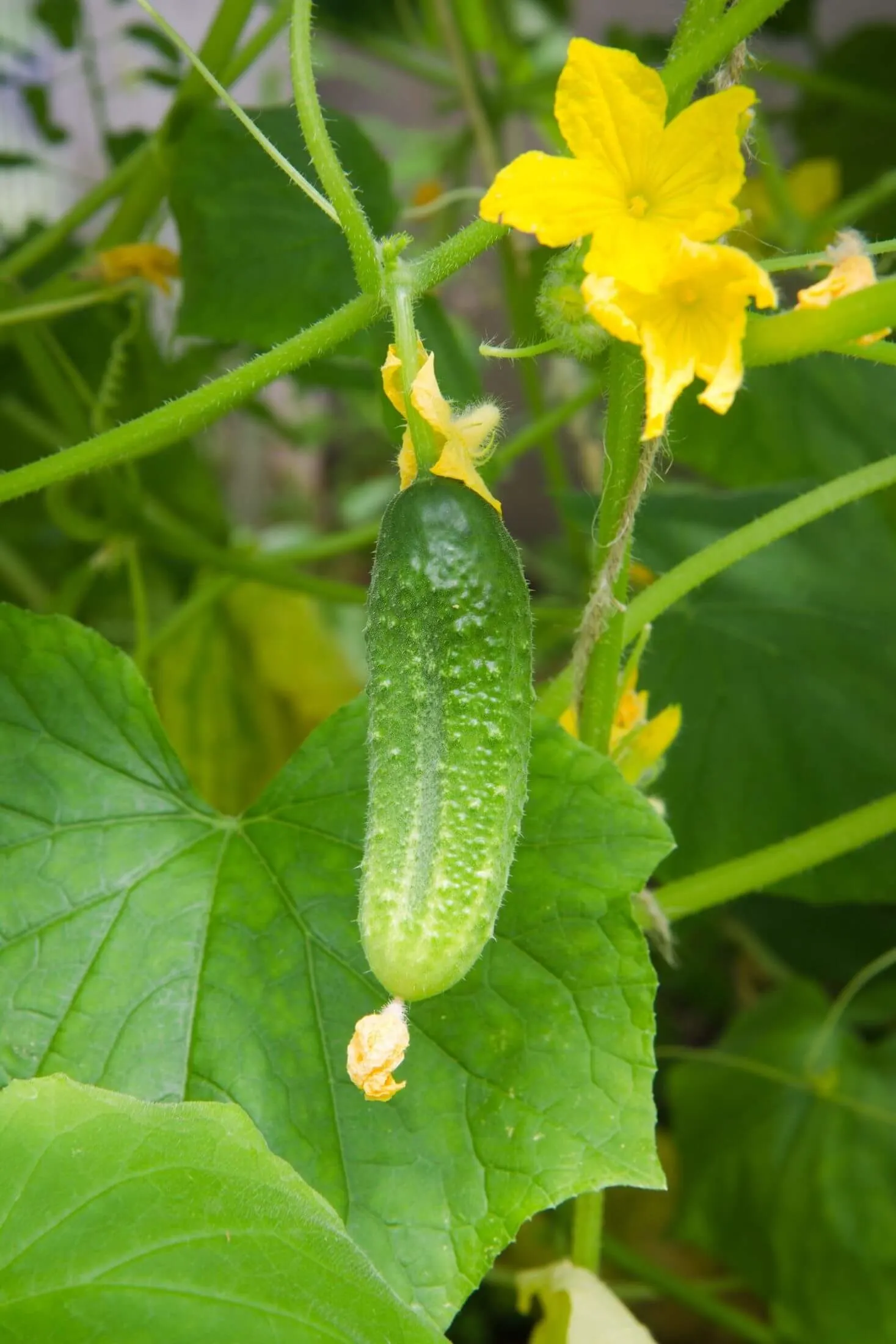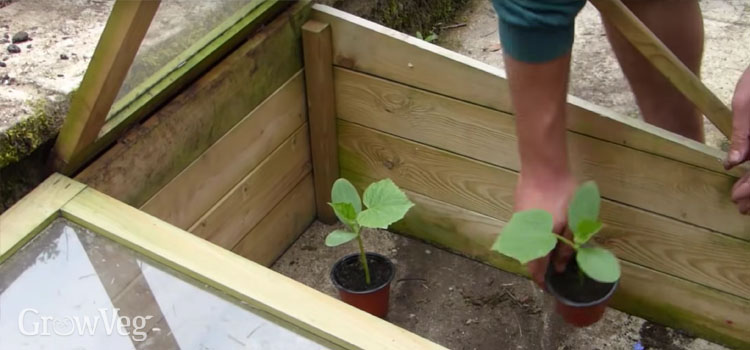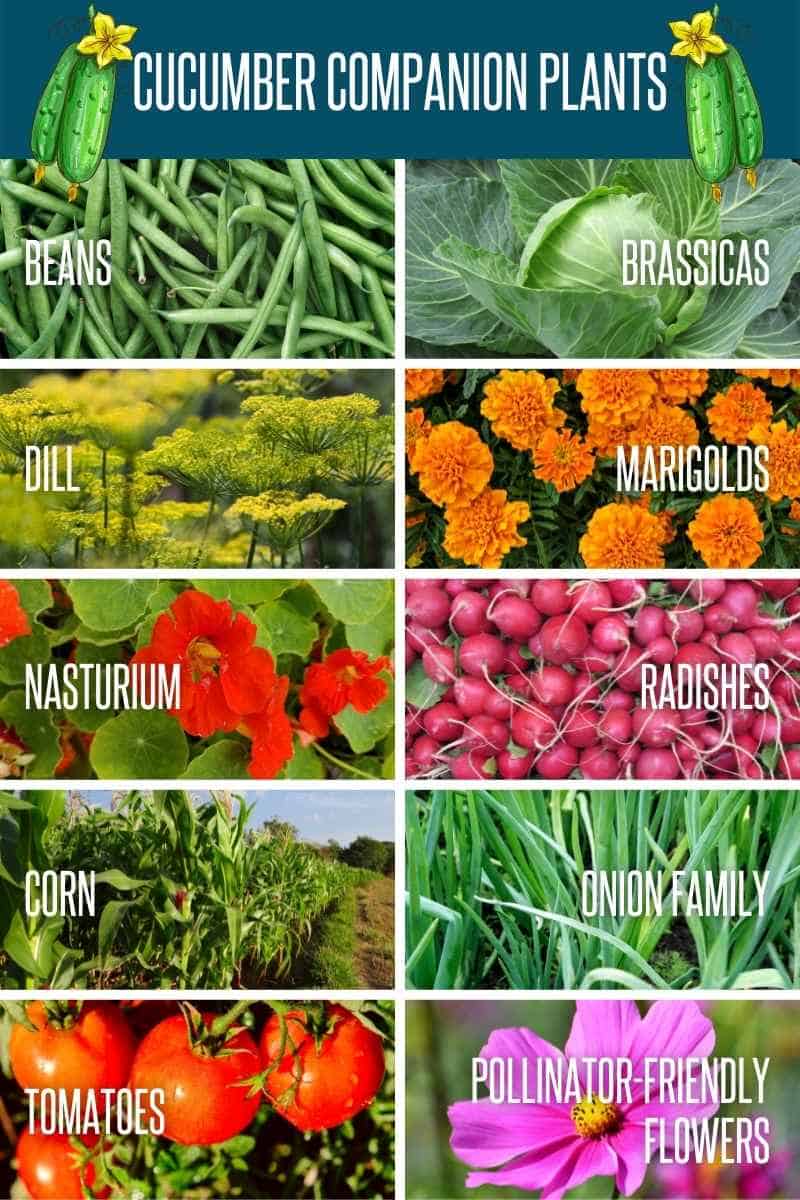Dill And Cucumber: The Perfect Companion Planting Pair
Dill and cucumber are two vegetables that are often grown together in gardens. They have a number of benefits when planted together, including:
- Attracting pollinators: Dill attracts pollinators such as bees and butterflies, which are essential for cucumbers to set fruit.
- Repelling pests: Dill also repels some common cucumber pests, such as cucumber beetles and aphids.
- Improving soil quality: Dill is a nitrogen-fixing plant, which means that it can help to improve the nitrogen content of the soil. This can benefit both cucumbers and other plants in the garden.
- Disguising the scent of cucumbers: Cucumbers can sometimes emit a strong scent that attracts pests. Dill can help to disguise this scent, making it less attractive to pests.
In addition to these benefits, dill and cucumber also complement each other in terms of their flavors. Dill has a strong, slightly sweet flavor that pairs well with the mild, watery flavor of cucumbers. This makes them a popular combination in salads, sandwiches, and other dishes.
If you are planning to grow dill and cucumber in your garden, there are a few things you should keep in mind. First, both plants need full sun and well-drained soil. Second, dill can be a bit aggressive and may crowd out other plants, so it is important to give it enough space to grow. Third, dill will bolt (flower and go to seed) relatively quickly, so it is important to harvest the leaves regularly to prevent this from happening.
With a little planning, you can easily grow dill and cucumber together in your garden and enjoy the benefits of this perfect companion planting pair.
Here are some additional tips for growing dill and cucumber together:
- Plant dill and cucumber in rows that are 18-24 inches apart.
- Fertilize the plants regularly with a balanced fertilizer.
- Water the plants regularly, especially during hot, dry weather.
- Harvest dill leaves when they are young and tender.
- Harvest cucumbers when they are small and firm.
With proper care, you should be able to enjoy a bountiful harvest of dill and cucumber from your garden.
Dill and cucumbers are a classic pairing in the garden, and for good reason. Dill attracts beneficial insects that help to control cucumber pests, and it also helps to improve the flavor of cucumbers. If you're planning to plant dill and cucumbers in your garden this year, I recommend visiting Garden Wiki for more information about companion planting.
Garden Wiki is a comprehensive resource for all things related to companion planting. On their website, you'll find detailed information about which plants are compatible with each other, as well as tips on how to create a successful companion planting scheme. You'll also find a wealth of other gardening resources, including articles on plant care, gardening tips, and recipes.
So whether you're a seasoned gardener or just starting out, I encourage you to visit Garden Wiki for more information about companion planting. With a little planning, you can create a beautiful and productive garden that's full of healthy, delicious vegetables.
FAQ of dill and cucumber companion planting
- Q: Can dill and cucumbers be planted together?
A: Yes, dill and cucumbers are considered to be companion plants, which means that they benefit each other when planted together. Dill attracts beneficial insects that help to control pests that can damage cucumbers, such as aphids and cucumber beetles. Cucumbers, on the other hand, help to suppress the growth of weeds around the dill plants.
- Q: What are the benefits of planting dill and cucumbers together?
A: As mentioned above, dill attracts beneficial insects that help to control pests that can damage cucumbers. Cucumbers, on the other hand, help to suppress the growth of weeds around the dill plants. Additionally, dill's tall, feathery leaves help to shade the cucumbers, which can help to prevent them from developing sunburn.
- Q: How far apart should dill and cucumbers be planted?
A: Dill and cucumbers should be planted about 12-18 inches apart. This will give them enough space to grow and thrive.
- Q: What are some other good companion plants for cucumbers?
Aside from dill, some other good companion plants for cucumbers include beans, lettuce, corn, radishes, peas, nasturtiums, and marigolds. These plants help to attract beneficial insects, suppress the growth of weeds, or improve the soil quality.
- Q: What are some plants that should not be planted near cucumbers?
Some plants that should not be planted near cucumbers include tomatoes, potatoes, eggplants, and melons. These plants are all susceptible to the same pests and diseases, so planting them together can increase the risk of infection.
Image of dill and cucumber companion planting
5 different images of "dill and cucumber companion planting" from Pinterest:
- Dill and cucumber plants growing together in a garden bed. The dill plants are taller and have feathery green leaves, while the cucumber plants are shorter and have dark green leaves with tendrils.

- A close-up of dill and cucumber flowers. The dill flowers are small and yellow, while the cucumber flowers are small and white.

- A photo of a dill plant with cucumber seedlings growing underneath it. The dill plant is providing shade and support for the cucumber seedlings.

- A collage of images showing different ways to companion plant dill and cucumbers. The images show dill and cucumber plants growing together in a garden bed, in a container garden, and in a raised bed.

- A drawing of a dill and cucumber companion planting diagram. The diagram shows how dill and cucumber plants can be beneficial to each other.

Post a Comment for "Dill And Cucumber: The Perfect Companion Planting Pair"